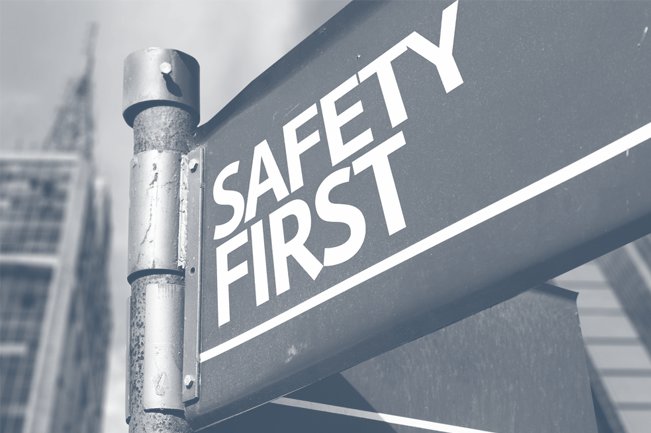Stop Driving Distracted
Even though most people know how dangerous texting and calling while driving is, the majority of those people still continue to do so. The National Highway and Traffic Safety Administration, or NHTSA defined distracted driving as “any activity that could divert a person’s attention away from the primary task of driving. All distractions endanger driver, passenger, and bystander safety. At any given moment in America there are around 660,000 drivers using their cell phones or an electronic device while driving.
While there is already a great deal of discussion about this, the more important topic is what can be done. The NHTSA has given some great tips on what different groups and individuals can do to ensure this epidemic does not cause any more danger or harm to those on the road.
States and communities can:
- Enforce strong laws banning texting and hand held cell phone devices to help drivers understand how serious of a safety matter it is.
- Conduct high reach enforcement campaigns of existing distracted driving laws using the NHTSA’s Phone In One Hand, Ticket In The Other model. www.distraction.gov/download/research-pdf/508-research-note-dot-hs-811-845.pdf
- Publish the results of enforcement campaigns.
- Work with advocacy groups, youth groups, schools, traffic safety agencies, and other health agencies to continue the discussion of the danger of distracted driving.
- Use material such as www.TrafficSafetyMarketing.gov media materials to promote the topic and enforcement.
Employers Can:
- Adopt, publicize, and enforce company policies that prohibit employees from texting or talking on hand-held cell phones while in a company vehicle or in a personal vehicle while using a company issued cell phone.
You Can:
- Turn off electronic devices and store them out of reach before driving.
- If riding in the car with someone using an electronic device while driving offer to make the call so their full attention can be on driving or ask them to wait until you are parked.
Parents Can:
- Be good role models for young drivers.
- Be open with your teen about responsible driving.
- Make sure your community and State laws include electronic device bans in graduated driver licensing laws for young drivers, and make them a part of your teen’s driving responsibilities.
These are all good ways to reduce the amount of distracted driving on the road. Make the pledge and don’t drive distracted.
Source: NHTSA and Distraction.gov, “Safety in Numbers” Volume I, Issue I, April, 2013.
